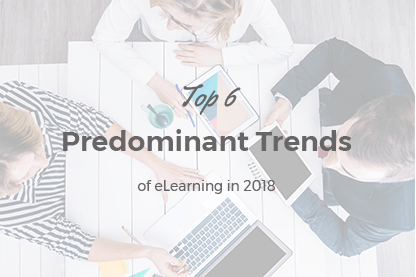Over the last few years, everything has changed thanks to the advances in technology. Nowadays, we have the ability to access so much information, all from just a couple of clicks on our keyboard and it’s changing the way we see the world.
But what does this mean for home-schooled students and their families? How is this going to affect what these families do already? Let’s find out.
What is E-Learning?
In short, e-learning stands for ‘electronic learning’. These are packages that can typically be accessed online and contain all the information you need to learn about a specific subject. Within these courses and packages, you’ll find a collection of all the material you’ll need. “For example, let’s say you’re using a Spanish language e-learning package. Within the package, you might find you have videos, text documents, printable flashcards, online worksheets and much more; everything you need to learn about Spanish,” shares David Arnold, an educator from Best Australian Writers.
What Are the Benefits of E-Learning?
Consider the process you currently use when buying everything you need when purchasing learning materials for your children or home-school students. How does e-learning packages compare? Cost - Since e-learning courses only need to be designed once and can then be downloaded digitally, this eliminates the need for textbooks and tutors. Instead, you simply get a computer and pay for the course, and that’s it. Unlimited access to content whenever you want it. Accessibility - Since you don’t need to hire a tutor, teacher or anything like that, you can access the e-learning materials at any time you like with your students, multiple times if needed. Personalised Content - Since the content you’re downloading is digital, this means you can easily customise the learning package to suit the abilities of the child you’re teaching. For example, if you’re working with a visual learner, you can simply place emphasis on the videos, giving your student the best learning experience for them.
Advanced and Unlimited Tools
Since the content you’re downloading and using is digital, this means you can begin to introduce a whole new range of digital and online tools into your learning process. And there is a tonne of these to choose from. Simply define the task you’re trying to carry out and search for the tool online! For example, if you’re trying to educate your student in how to use grammar properly, you can use a vast number of sites and tools including Grammarix , Via Writing , Revieweal , Academadvisor , Cite It In , Best British Essays , State of Writing, Easy Word Count. And this is only scratching the surface when it comes to educational and writing tools that are available to you online. The HuffingtonPost recently featured a “Write My Essay” article on these kinds of services and how they can help you and your home-schooling activities, as well as helping you create a home-schooling community online.
So, What’s the Next Step?
Well, with information that’s so easily and readily available, it’s completely up to you. There is already a tonne of services and e-learning packages out there, regardless of what subject or topic you’re trying to cover. This number of available packages will only increase as time goes on and more and more people start realising the benefits that this style of learning can provide. Provided you get organised and prepared, there soon may not be a reason for your child to attend school at all, only to take their exams.
Jennifer works as online editor at Top Canadian Writers . Also, she is a business developer that works in different areas of education, technology, security and various types of online marketing. Prior to business development Jennifer was consultant at Deloitte, and managed security services provider and developer of a wide range of security solutions.









